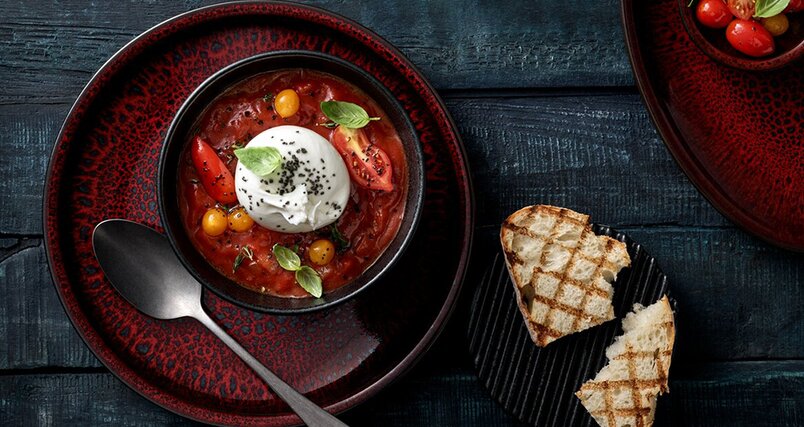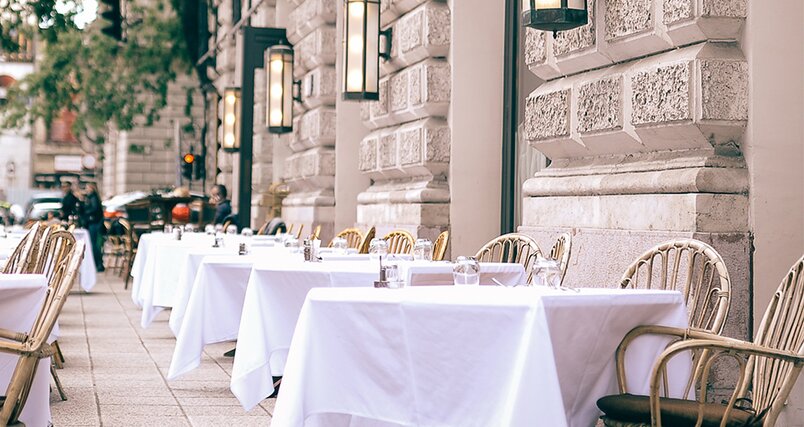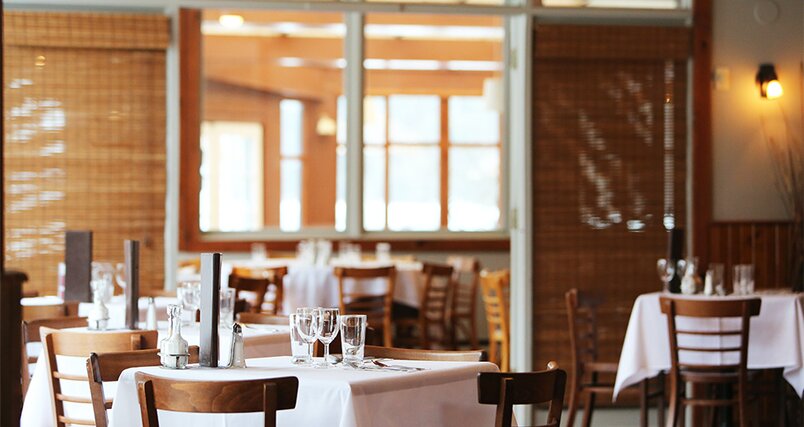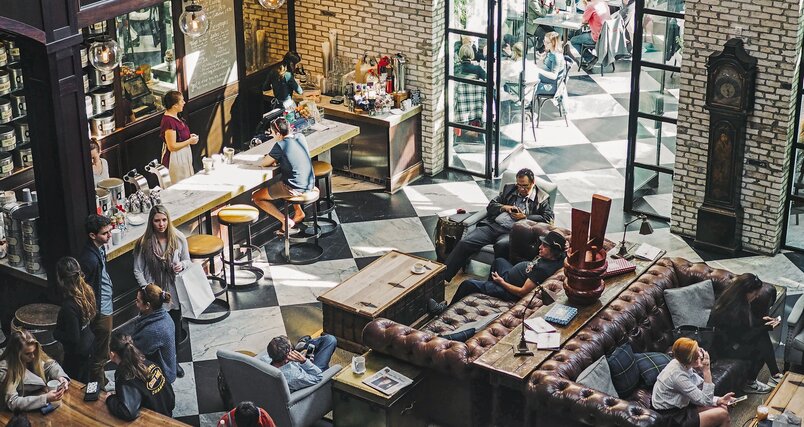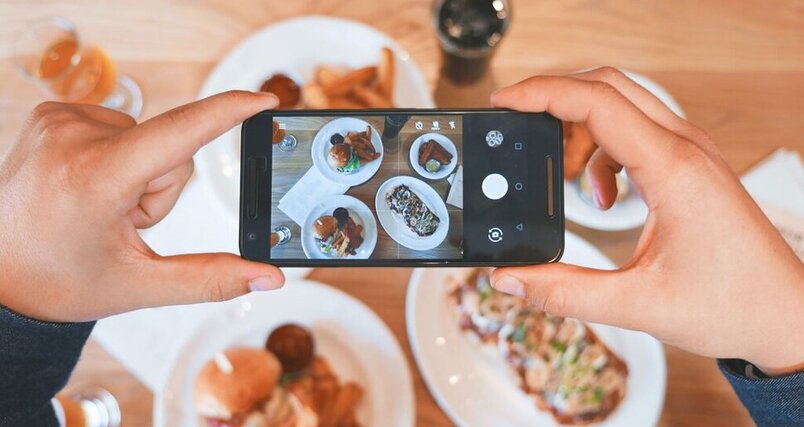1. Professional photographs
A picture is worth a thousand words – therefore, be sure to use appealing photos on your restaurant website. Appealing pictures of your dishes and favorable photos of your ambience will motivate potential guests to visit you. Feel free to include photos of the outdoor areas as well as the kitchen team and other staff. The more the website user knows about your establishment and the more individual your internet presence is, the more likely they are to decide to visit. It is especially important that the photos are of high quality and look professional. It is well worth hiring an experienced photographer for this.
2. Modern website design
A modern design plays an important role to make the website visitor feel comfortable. It should not only be appealing, but also functional. It usually makes sense to hire a professional agency that specializes in web design. They can develop a website design that not only looks good, but is also easy and intuitive to navigate.
3. Clear directions to the location
You should make it as easy as possible for your guests to find your restaurant. By using an interactive map or the integration of Google Maps, you facilitate orientation and ensure that your restaurant is found quickly and without stress or frustration.
4. Special unique selling propositions
On your website, you should not only provide information about your food and beverages, but also present your kitchen philosophy and other unique selling points. For example, you can highlight special dietary considerations for potential visitors ("gluten-free," "vegan," or "local produce"). A brief presentation of the kitchen team and a glimpse into how the food is prepared can also leave a memorable impression on your guests.
5. Useful functions
Nowadays, certain functions are simply part of an optimum user experience on a restaurant website. For example, the ability to reserve a table online or view the menu. An online ordering option or a delivery service are also interesting for many guests.
6. Generating traffic through SEO
Search engine optimization (SEO) is an important factor in generating more traffic, that is website visitors, for your website. A specialized online marketing agency can help you optimize your website so that it is easily found by search engines like Google. By increasing your visibility in search results, you can attract more users to your website and ultimately to your restaurant.
7. Optimization for mobile devices
Most visitors will access your restaurant website via a smartphone. Make sure your website provides a good user experience on all devices by adapting the design and features to different screen sizes. In particular, check that all functions, images and texts are displayed correctly on mobile devices. Equally significant is optimizing your website's load time on mobile devices to ensure that visitors do not have to wait a long time for the website to fully load. Test your website on different devices and in different browsers.
8. Linking social media profiles
Link your website to your social media profiles to get your website visitors to follow you on social media. To do this, place highly visible links to your profiles on your website. This way, you increase the number of your followers and strengthen your regular customer base, whom you can provide with news and special offers on a regular basis.


